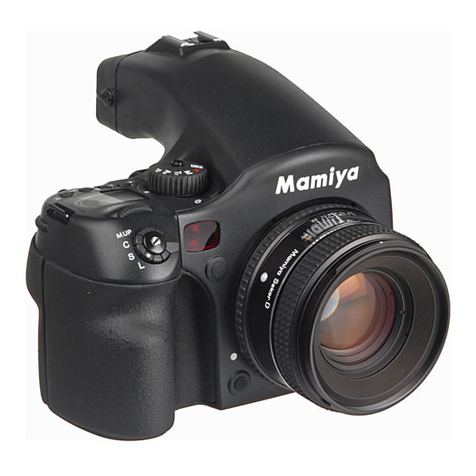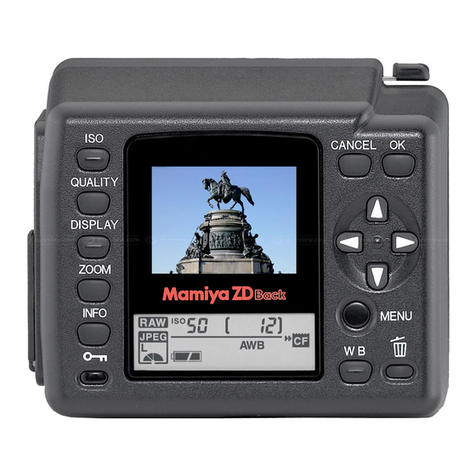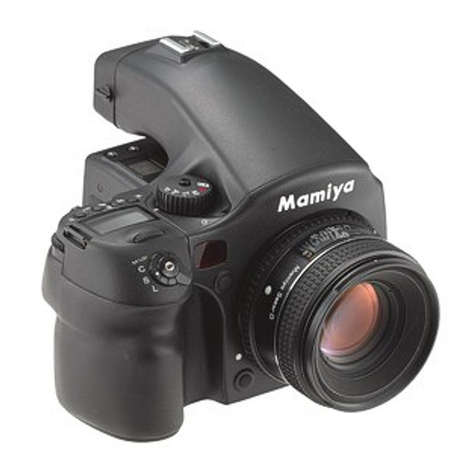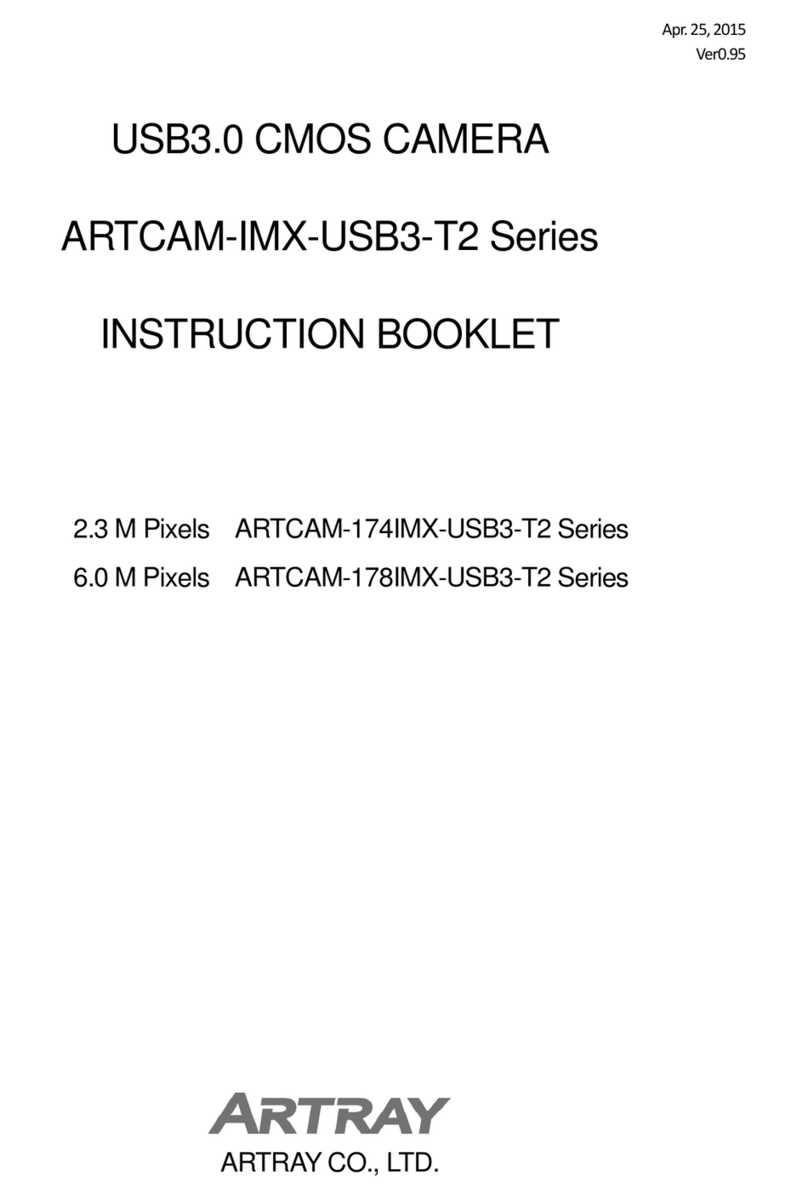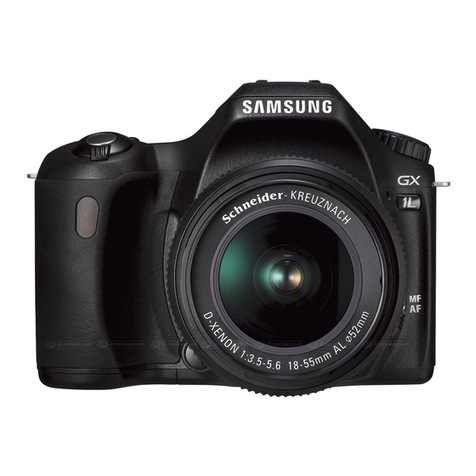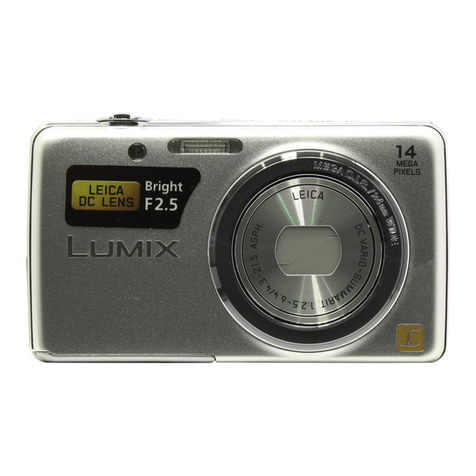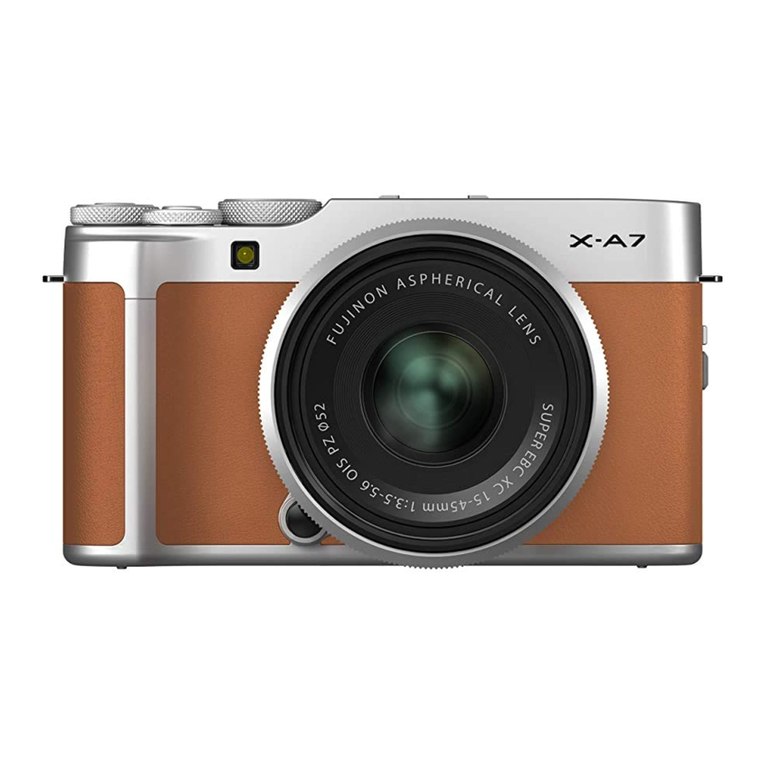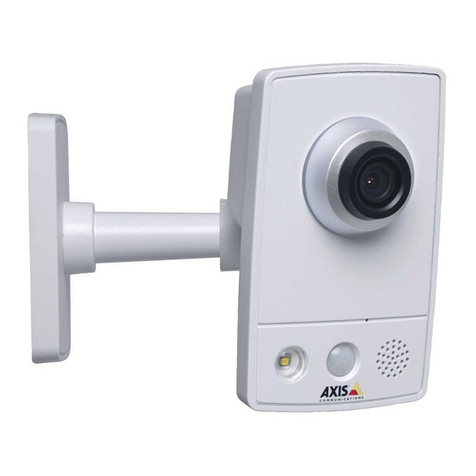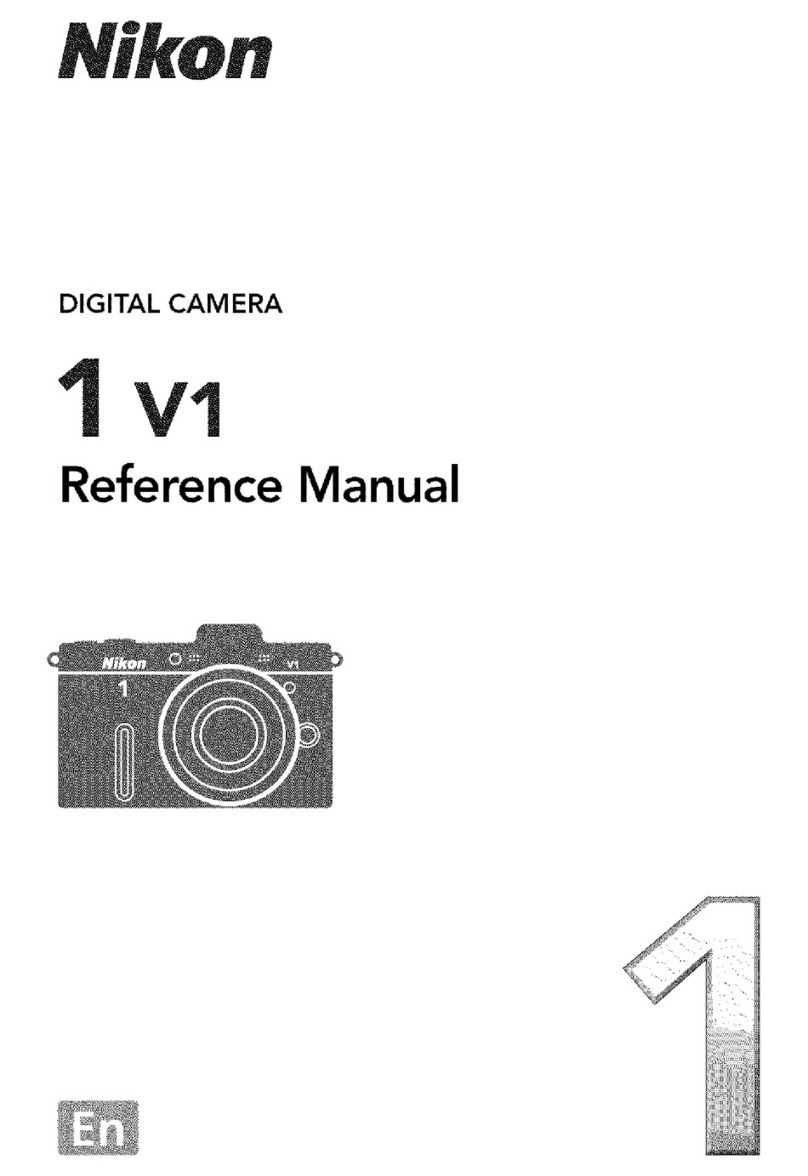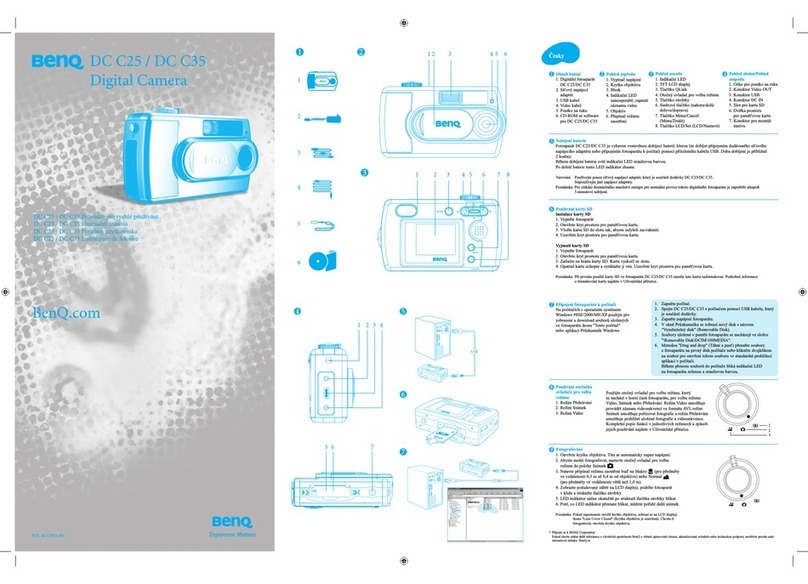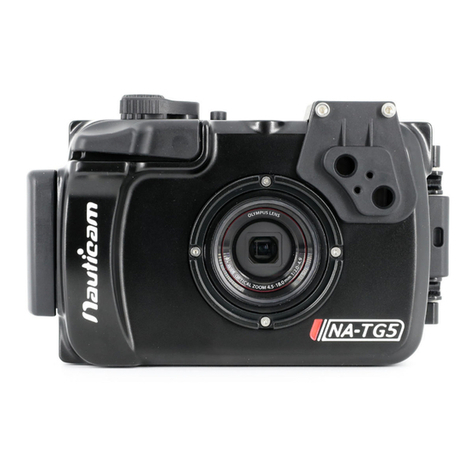Mamiya C3 User manual



















Table of contents
Other Mamiya Digital Camera manuals

Mamiya
Mamiya M645 Super User manual
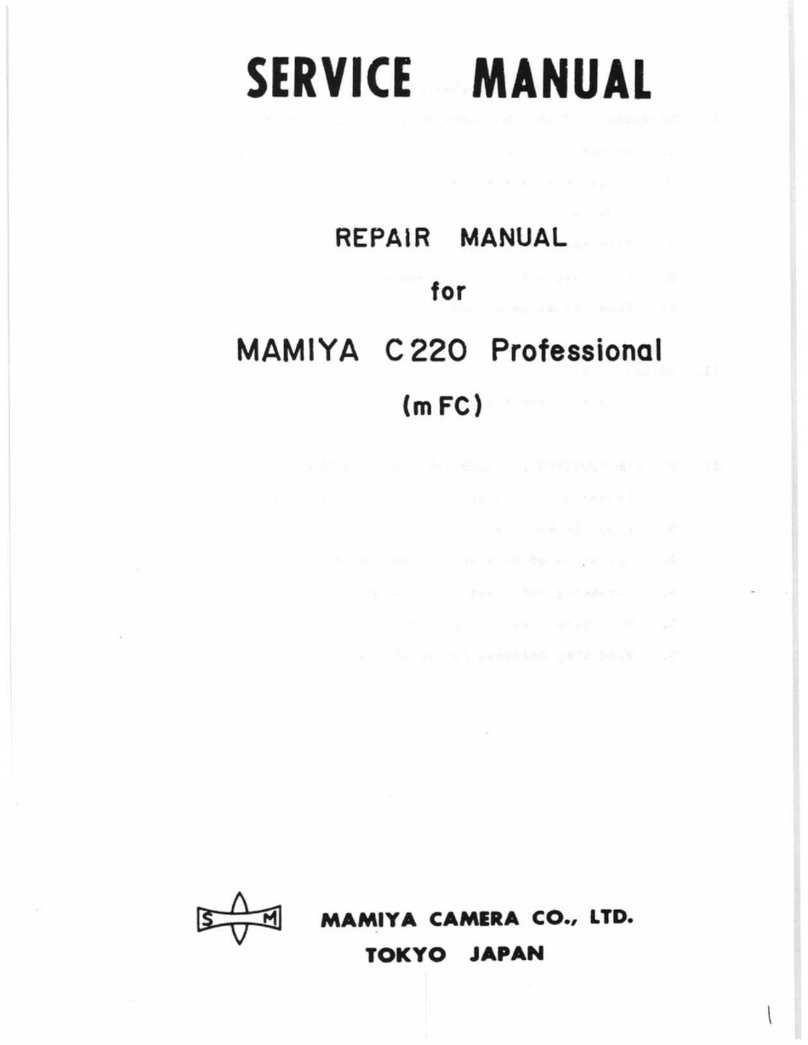
Mamiya
Mamiya C220 Professional User manual
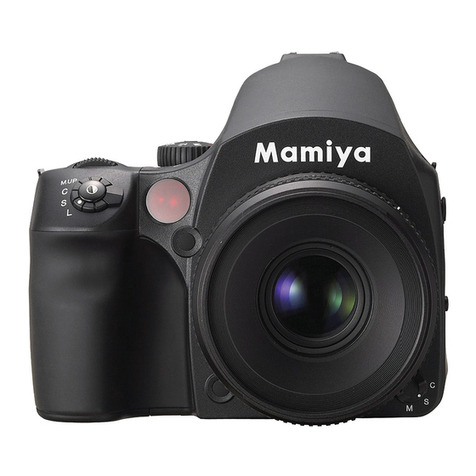
Mamiya
Mamiya 645DF User manual
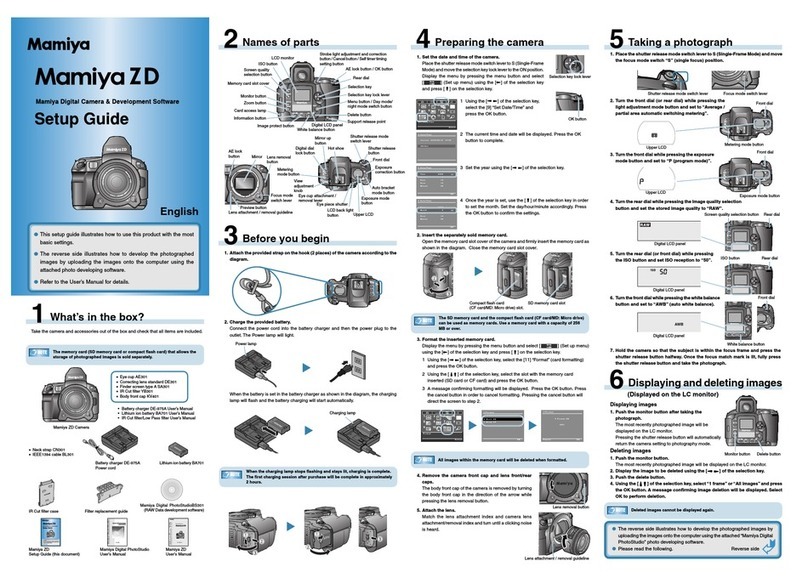
Mamiya
Mamiya ZD User manual
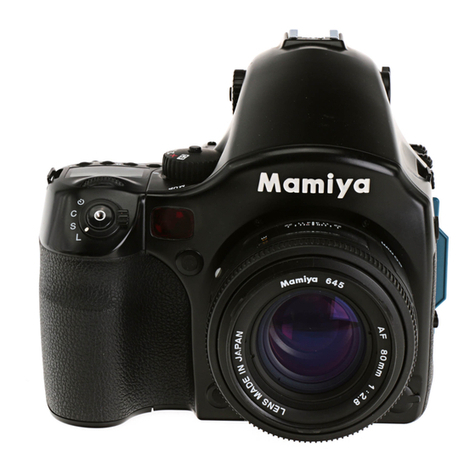
Mamiya
Mamiya 645 AFD II User manual

Mamiya
Mamiya Leaf Credo User manual

Mamiya
Mamiya 645 AF User manual
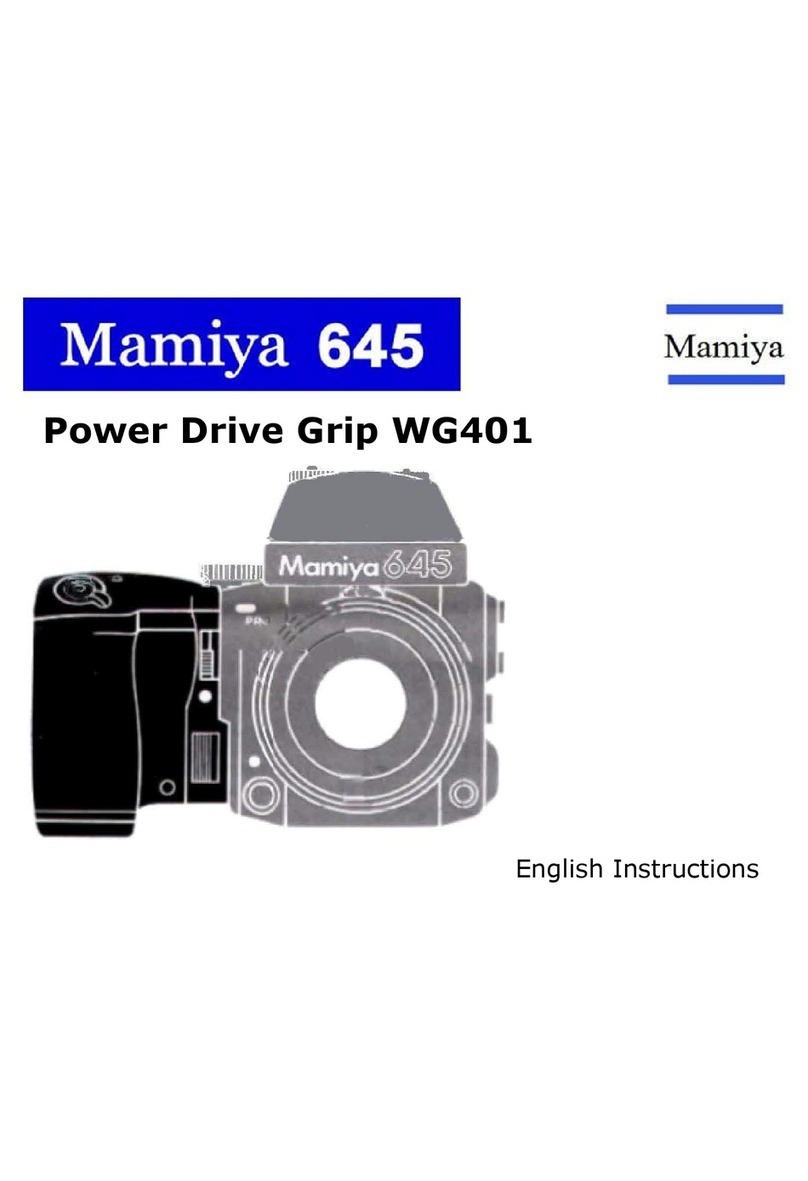
Mamiya
Mamiya 645 User manual

Mamiya
Mamiya 645DF User manual
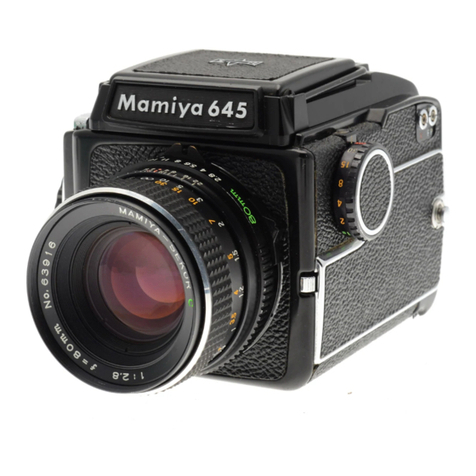
Mamiya
Mamiya M645 Super User manual
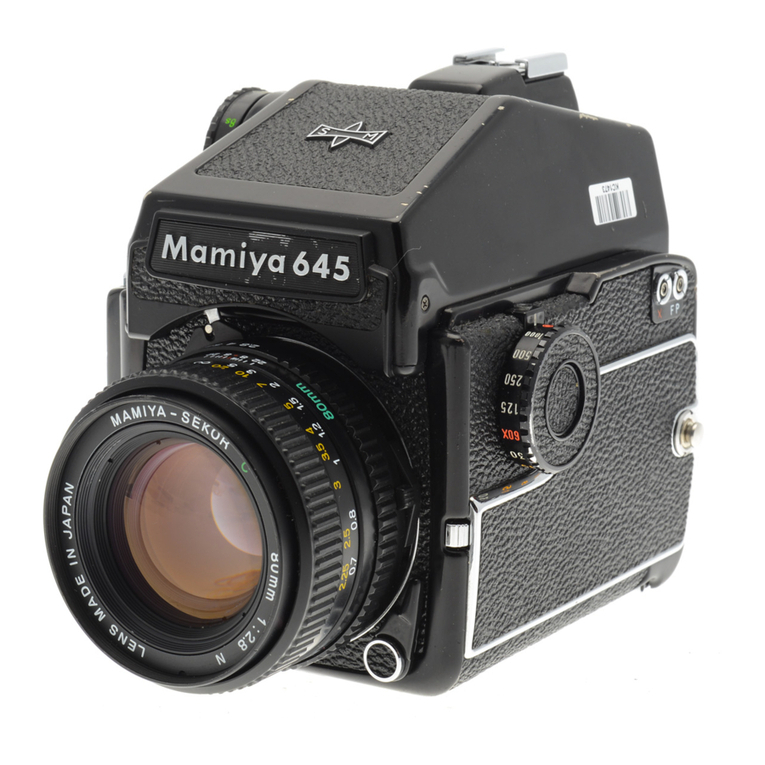
Mamiya
Mamiya M645 1000S User manual

Mamiya
Mamiya 645 AF User manual

Mamiya
Mamiya 645DF User manual
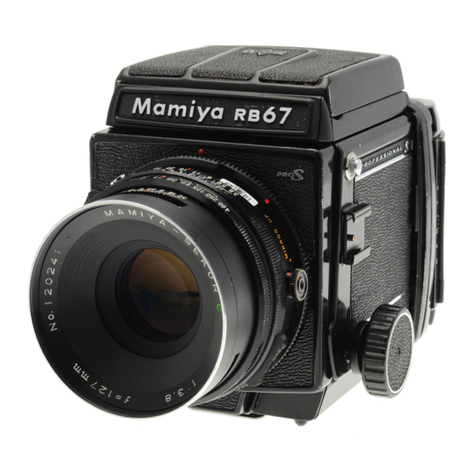
Mamiya
Mamiya RB67 Pro-S User manual

Mamiya
Mamiya RB67 Pro S User manual

Mamiya
Mamiya 16EE de luxe User manual

Mamiya
Mamiya RB67 Pro SD User manual

Mamiya
Mamiya ZD User manual

Mamiya
Mamiya M645 Super User manual
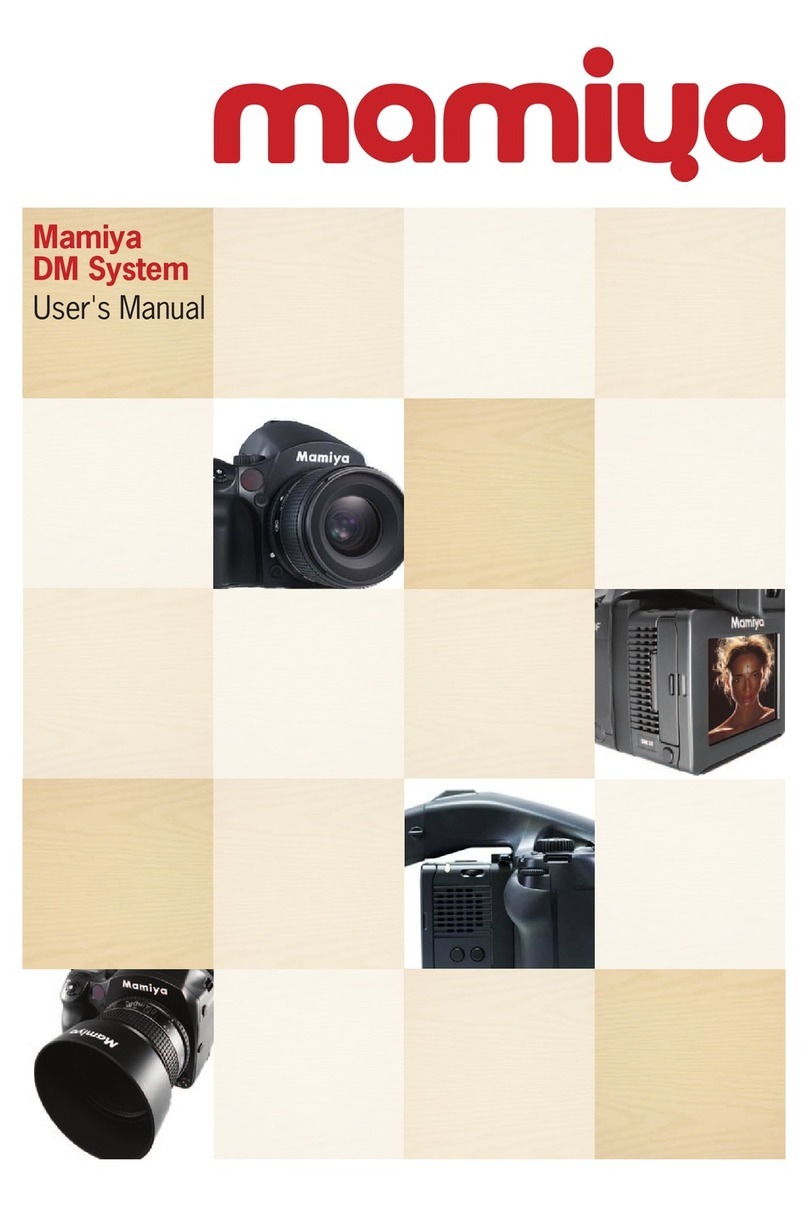
Mamiya
Mamiya DM System User manual
Popular Digital Camera manuals by other brands

Canon
Canon PowerShot G1 Firmware Update Installation Instructions

VEKOOTO
VEKOOTO N92 Operating instructions and installation guide
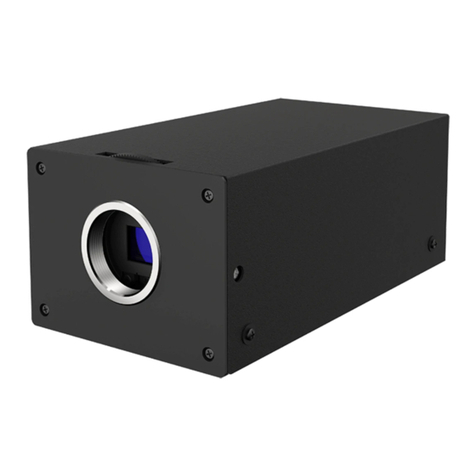
Eizo
Eizo carina SSC-9700 instruction manual

Vivitar
Vivitar VIVICAM X026 user manual

BenQ
BenQ DC X600 user manual

Polaroid
Polaroid PDC-5070BD - 5.0 MP Digital Camera user guide


